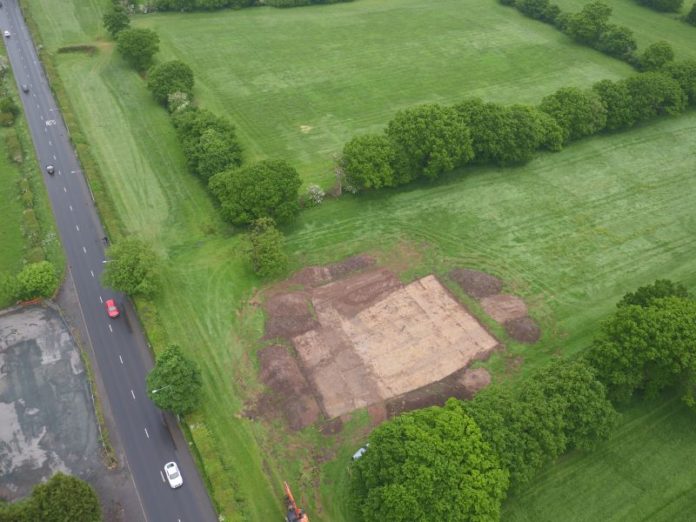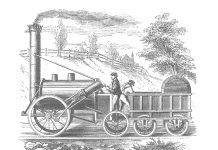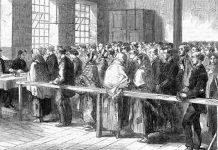ARCHAEOLOGISTS from the University of Salford have made the most significant Roman discovery in Lancashire for 50 years.
A main arterial road – among the widest discovered Roman Britain – was unearthed near the village of Cuerden with evidence of trading settlements along the road from the Middle Ages onwards.
The road – which runs near to the M6 – was known about, but its exact course was not.
Ian Miller, lead archaeologist said: “Whilst the Roman road north to Walton-le-Dale was known to take a route parallel to the modern Wigan Road, its precise alignment has been a topic for debate for many years, if not decades, and it’s brilliant to have finally resolved the question.
“I’ve lost count of the number of times we’ve dug trenches looking for that road and never found it.”
And he said it was finding physical evidence for continued occupation of the site from the 12th century onwards that the team was particularly excited about.
The team was called in by Lancashire County Council as part of planning permission for a 65-hectare mixed-use development.
The team dug six large areas revealing a section of Roman road a metre under the surface and comprised of a gravel surface and a north/south-aligned ditch. The surface of rounded cobbles and gravel, thought to be from the River Lostock, has survived to a maximum extent of 18.32m by 11.4m – a very wide road showing it was the main highway for the Roman military moving north.
“The bit we found was pristine. It is quite a unique survival and we managed to hit the one site that had not been ploughed over during 2,000 years of agriculture. It was really, really well-preserved,” said Ian.
A rare find of reduced greenware pottery occurring on the same site as the Midlands Purple wares was also found – something “virtually unheard of” in the North West area.
Previous studies indicated that the River Ribble may have formed a physical boundary for the distribution of these types of pottery, but these discoveries may provide “crucial” new evidence of trade and use of both occurring north and south of the river.
Ian Miller added: “In the North West we don’t really understand how the pottery industry was distributed from the 12th century onwards, so this is a very rare find. What’s really, really nice is that on this site we have a continuous sequence – you have pottery from the 12th century right through to the 18th and 19th centuries, and that’s unusual.
“It’s an opportunity to look at how people lived and how ceramic conditions moved on.”
Photo Copyright: University of Salford.







